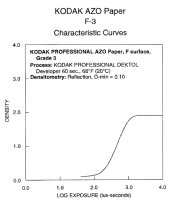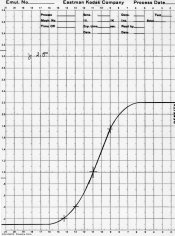B&Wpositive
Member
I'm young enough that I don't know the history behind AZO paper. How does it differ from your average silver gelatin paper? What are its advantages?
Why is it so legendary and what's the history behind it?
Who used / uses it?
What does "AZO" stand for or mean?
Which came first in the history of the photographic process -- AZO or "standard" silver gelatin paper? Was AZO the standard by which all others were compared, much like Tri-X for black and white film or Kodachrome for color film?
Now that someone is making an AZO-type silver chloride paper again, I'm also curious how common it is to find people using it. I hear that it's the ultimate black and white silver paper and has a better tonal depth than standard silver paper.
Can the average non-photographer tell the difference between an AZO print and a print made on standard silver paper?
Am I right that a well-printed AZO can command a higher price in the art market than a standard silver gelatin print?
Thanks!
Why is it so legendary and what's the history behind it?
Who used / uses it?
What does "AZO" stand for or mean?
Which came first in the history of the photographic process -- AZO or "standard" silver gelatin paper? Was AZO the standard by which all others were compared, much like Tri-X for black and white film or Kodachrome for color film?
Now that someone is making an AZO-type silver chloride paper again, I'm also curious how common it is to find people using it. I hear that it's the ultimate black and white silver paper and has a better tonal depth than standard silver paper.
Can the average non-photographer tell the difference between an AZO print and a print made on standard silver paper?
Am I right that a well-printed AZO can command a higher price in the art market than a standard silver gelatin print?
Thanks!
















